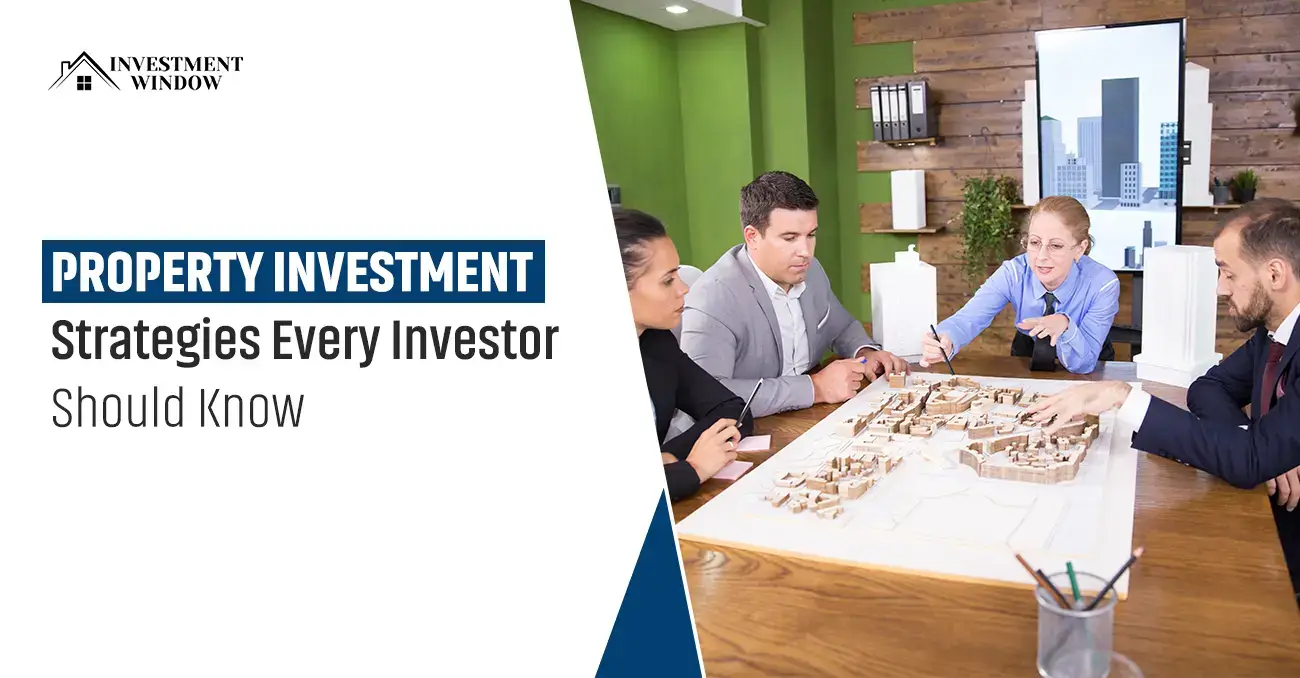
Property Investment Strategies Every Investor Should Know
Investing in real estate properties is a long-term game that can turn out to be a profitable one. All you need to do is build a solid investment portfolio.
But doing so can be risky, with several factors affecting your ability to gain a good ROI, including market conditions, property’s location, type of established home, investment timing, etc.
Having a solid property investment strategy is a helpful way to build a profitable investment portfolio and reach your goals. Always remember that investing in a real estate property with the right Property Strategies Australia can be more lucrative and rewarding.
However, determining what strategy works for you can be mind-boggling. Don’t worry. This article outlines the most popular property investment strategies to help you choose the best investment strategy for established homes.
What are the most common Property Strategies Australia?
Buy and Hold the Established Property
It’s one of the easiest real-estate investments involving the lowest risk. The buy-and-hold property investment strategy involves an investor buying the property but never selling it and drawing on the equity it has created over the years to purchase another established home.
Here the fundamental trick is to select an ‘investment grade’ property in a good suburb primed for capital growth. And hold onto the purchased property for long enough.
Research properly and identify the key drivers of growth in a local market in suburbs that can benefit from infrastructure development, schools, stores, transport links, etc., increasing the area’s popularity.
Negative Gearing Property Investment Strategy
Negative gearing is another one of the most popular Property Strategies Australia. In simple words, gearing involves borrowing money to purchase an investment property.
There are two types of gearing – negative and positive gearing strategy.
The negative gearing property investment strategy involves purchasing a house in a high capital growth suburb, providing a relatively lower net rental return than the cost of holding the property. Put simply, your cash flow with such an investment will be low.
You might think running at a loss is not ideal when investing in real estate property. However, when it comes to Australian tax law, you will understand that it’s not that bad.
The Australian Tax Office (ATO) allows investors to deduct their losses on property investments from their ordinary taxable income.
Investors purchasing properties for long-term capital growth don’t depend on rents to make money. They know that residential real estate is a high-growth, relatively low-yield investment.
So, they prefer using a combination of a negative gearing strategy and a ‘buy and hold’ strategy when investing in established homes.
Positive Gearing Property Investment Strategy
Among the top Property Strategies Australia, positive gearing is another popular property investment strategy.
This strategy lets the investor earn the income from rental property and use it to cover the expenses an investor incurs in holding the property. Such property investments can also deliver some extra cash flow.
So, when adopting a positive gearing property strategy, you can profit from your residential investment property and use some profit to reduce the size of your loan.
It’s an ideal strategy for investors looking for positive cash flow rather than thinking about long-term results.
Using Equity to Buy an Investment Property
This property investment strategy involves the investor using the equity from his home or other investment properties to buy the next property.
Here, equity in property implies the difference between your property’s current market value and how much you owe on it. For instance, if your home’s current market value is $6,00,000 and the existing debt on your home loan is $400,000, your home’s equity amounts to $200,000.
You should know that equity in your home differs from usable or borrowed equity. Following the best Wealth Planning Strategies Australia can help determine accurate, usable equity.
Once you know your usable equity, know how much you can borrow with that equity. Using the equity in your property to buy a new investment property can aid in avoiding the deposit-saving process and selling your existing home.
Renovate and Hold Property Investment Strategy
Renovating the property will elevate the equity and add value to the property by ‘manufacturing’ capital growth.
For investors who wish to boost their property’s returns without waiting for market expansion, the refurbish and hold method is excellent.
You need to determine what improvements can increase the value of your property and rental income. After renovating the property, rent it out at market rates, and make money via rental income.
House Flipping Wealth Planning Strategies Australia
The house flipping strategy is an alternative to renovating property strategy. This strategy involves purchasing a property, remodelling it significantly, and then selling it at a profit within a short timeframe.
The key to successfully using the house flipping strategy is knowing the types of property improvements that can maximise your bottom line.
It’s recommended investors should at least double their renovation outlay. They should aim for approximately $2 for every $1 spent on property improvements.
To achieve such lofty profits, you should research the target property’s local values, ceiling prices, costs and potential profit margins, and the target market (potential buyers, what they expect, what they can pay, etc.).
Not able to determine the right strategy? Consider getting help from a buyer’s advocate with in-depth knowledge of property investment and Wealth Planning Strategies Australia.
Concluding Words
With all these investment property strategies, you might be confused about which is best for you. Remember that a ‘no one size fits all’ strategy exists for real estate property investment.
You can choose the best property investment strategy depending on your situation, financial needs, goals, and finances.
A buyer’s agent or buyer’s advocate has significant knowledge about market trends and property research. Hire a professional buyer’s agent today and start your investment journey.


